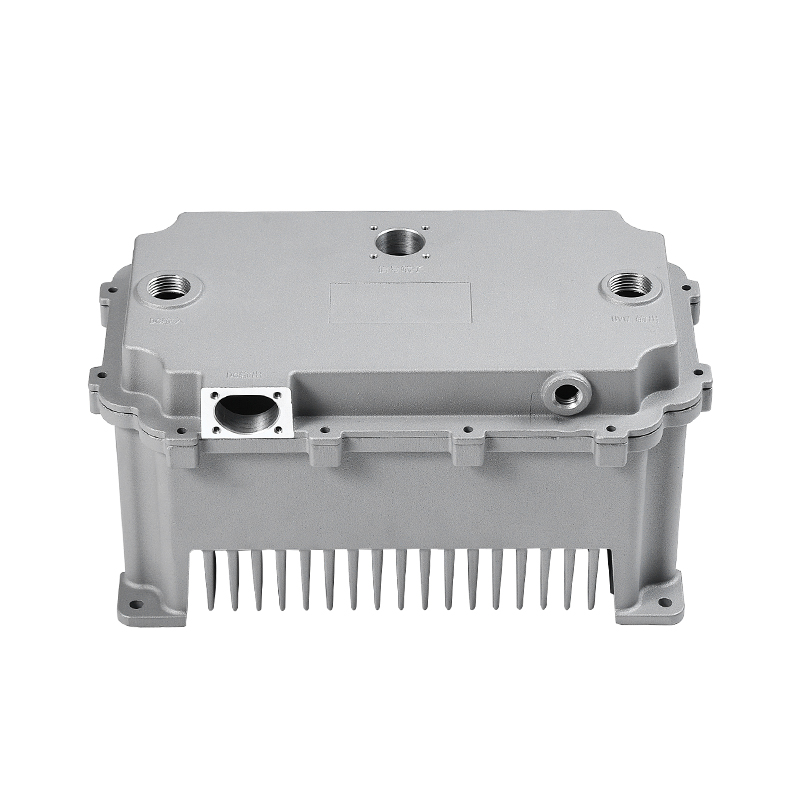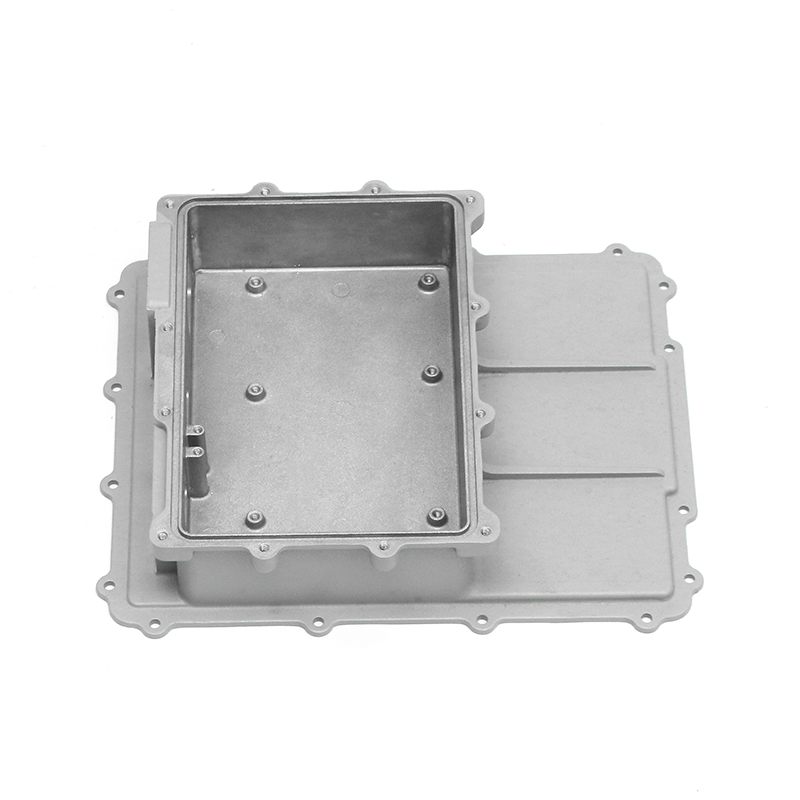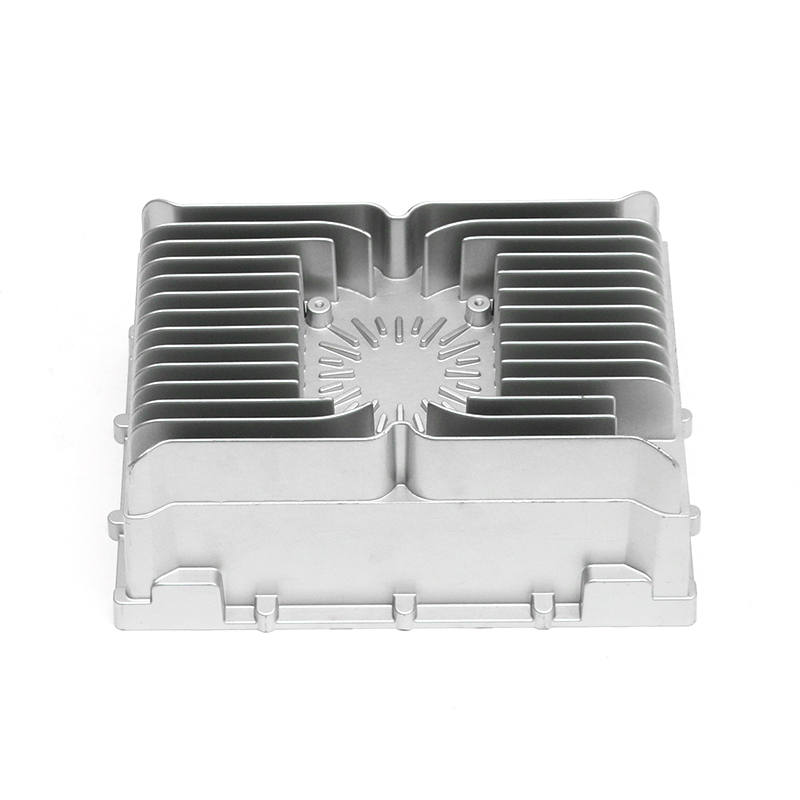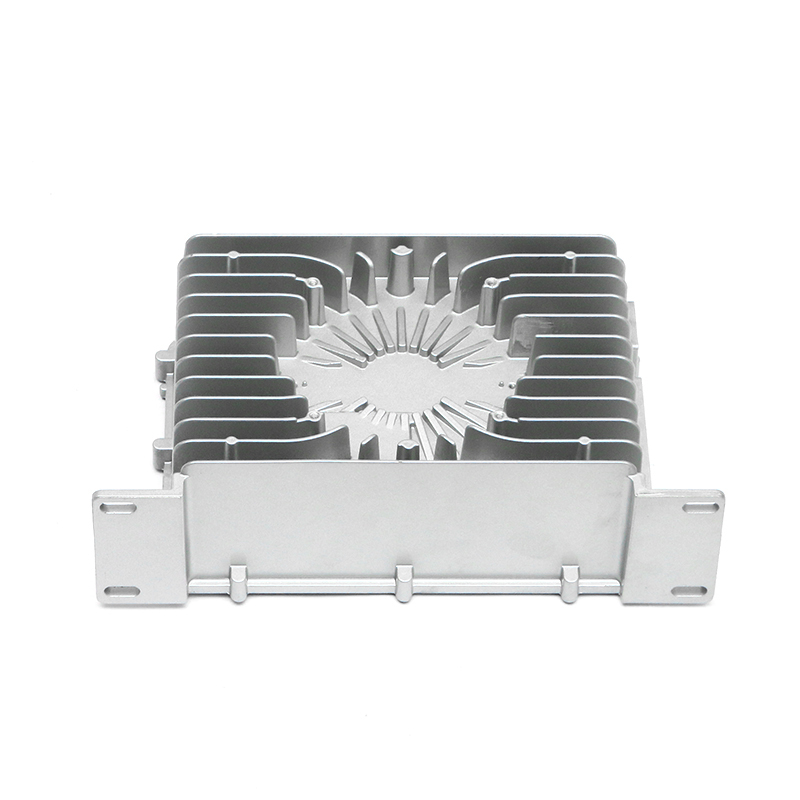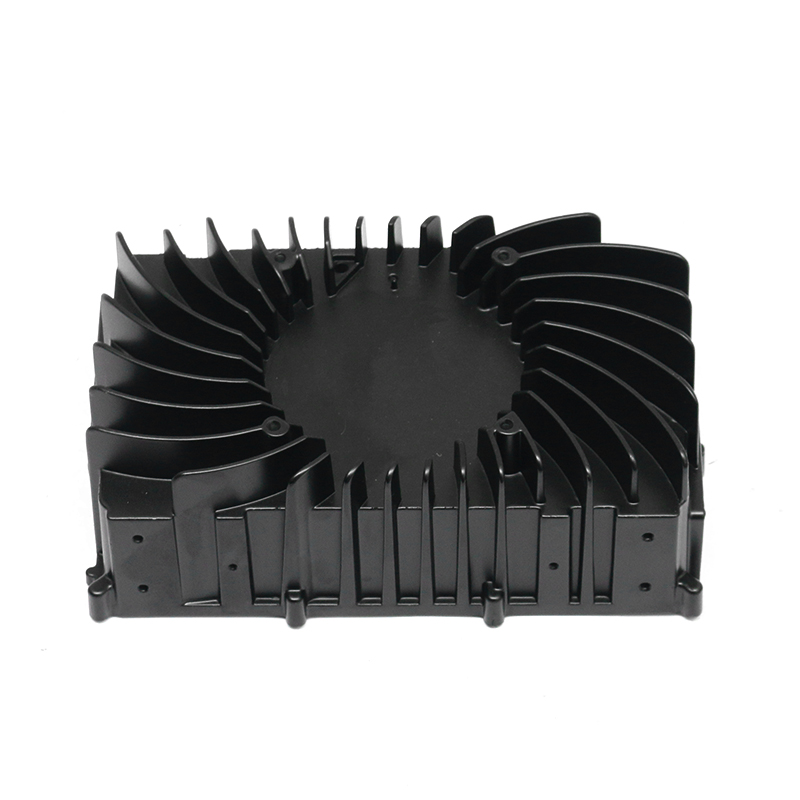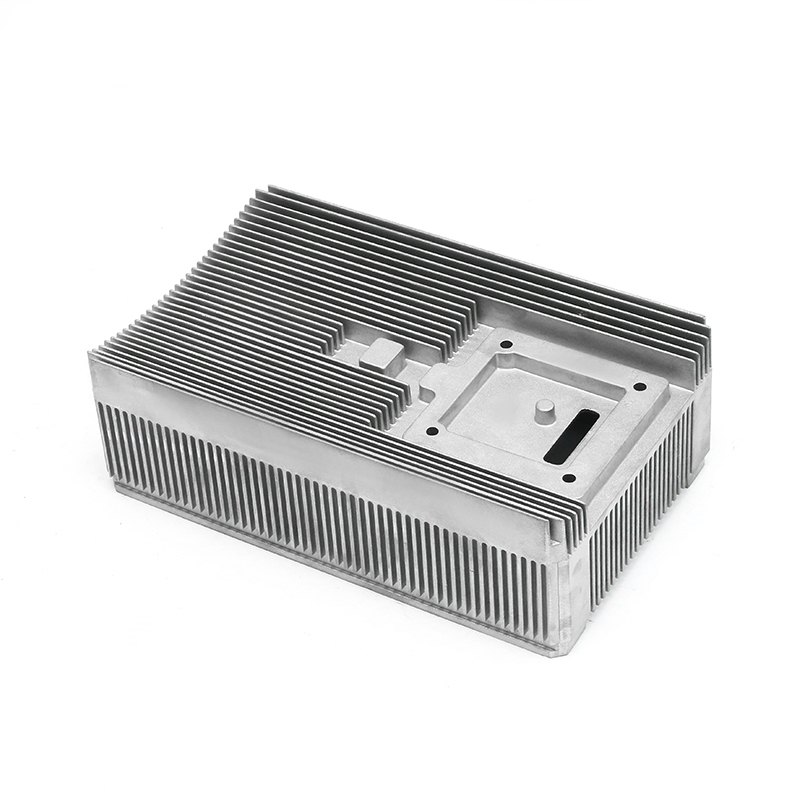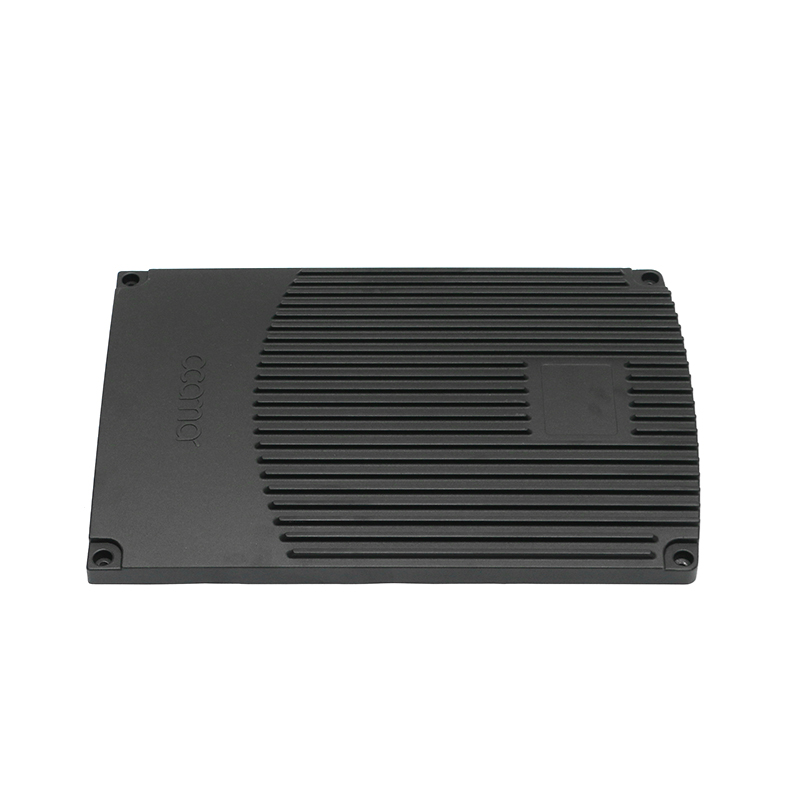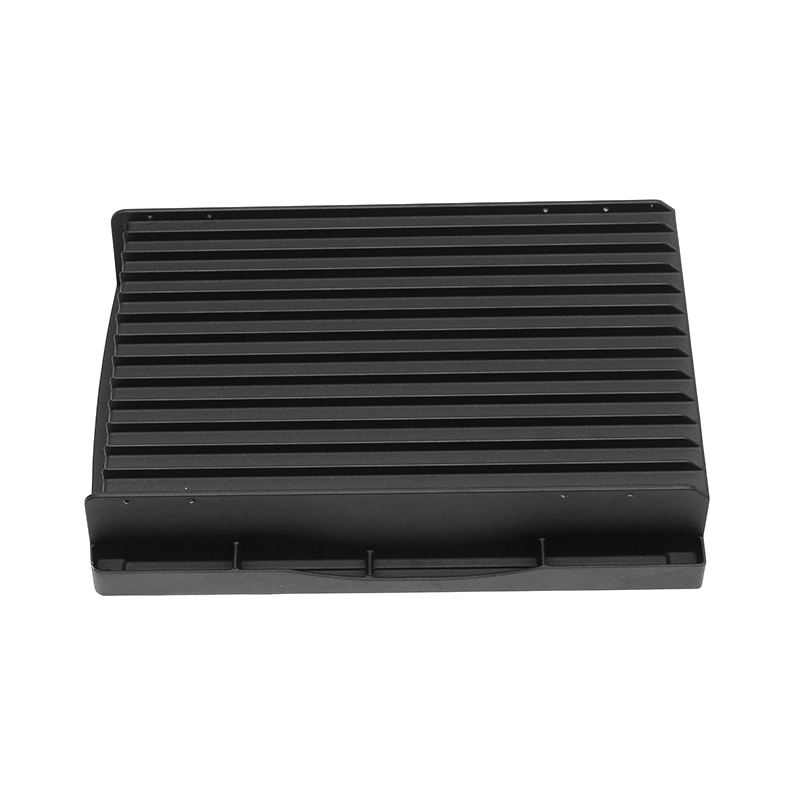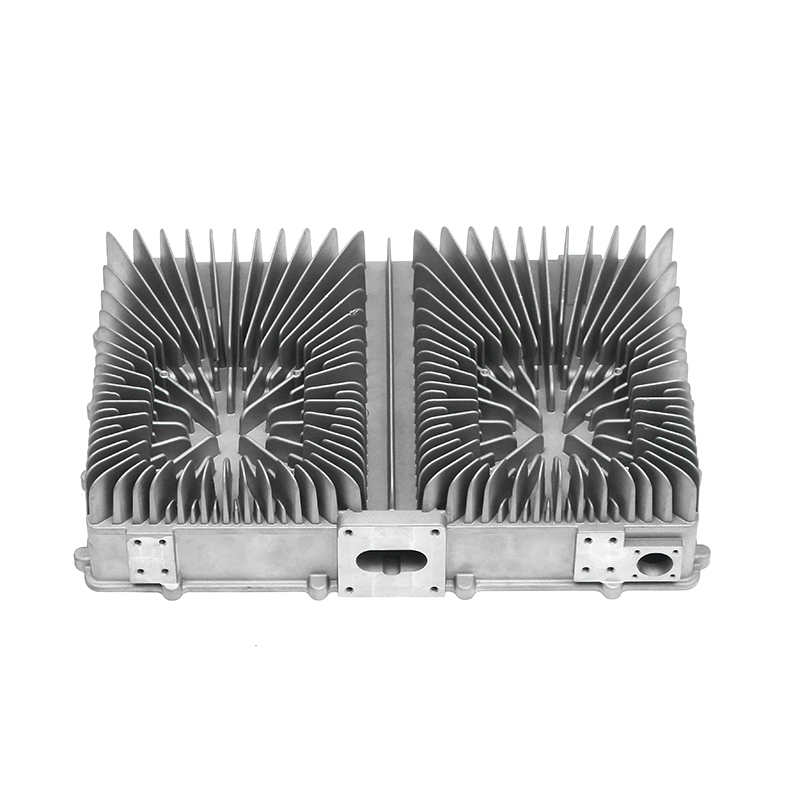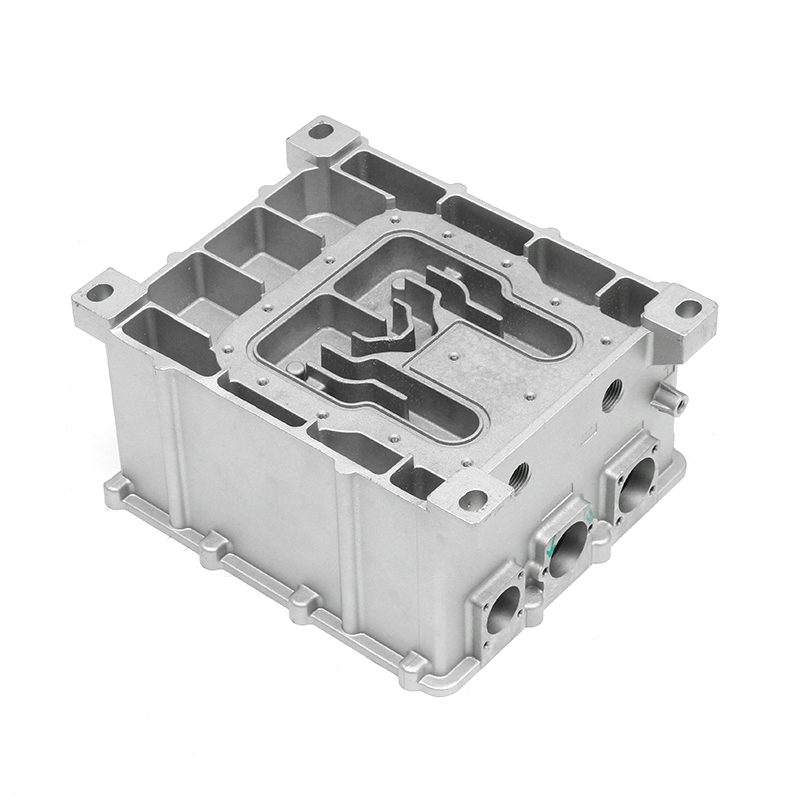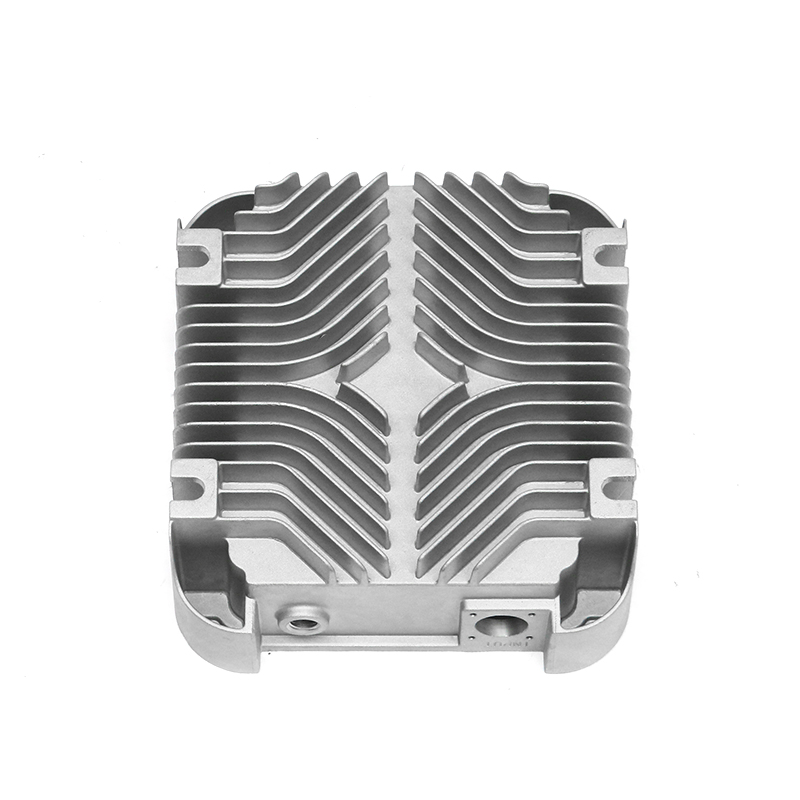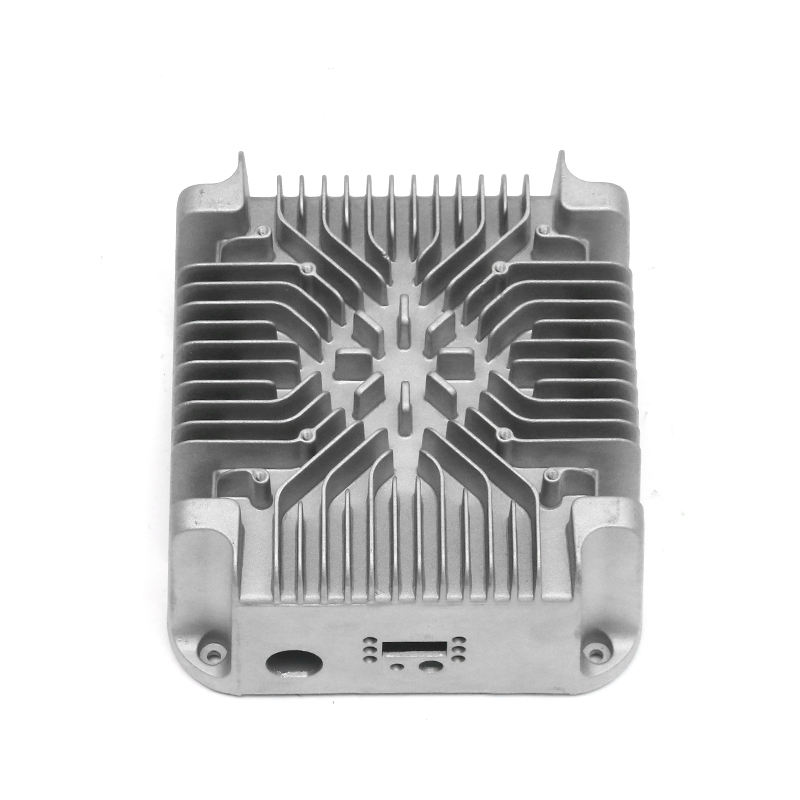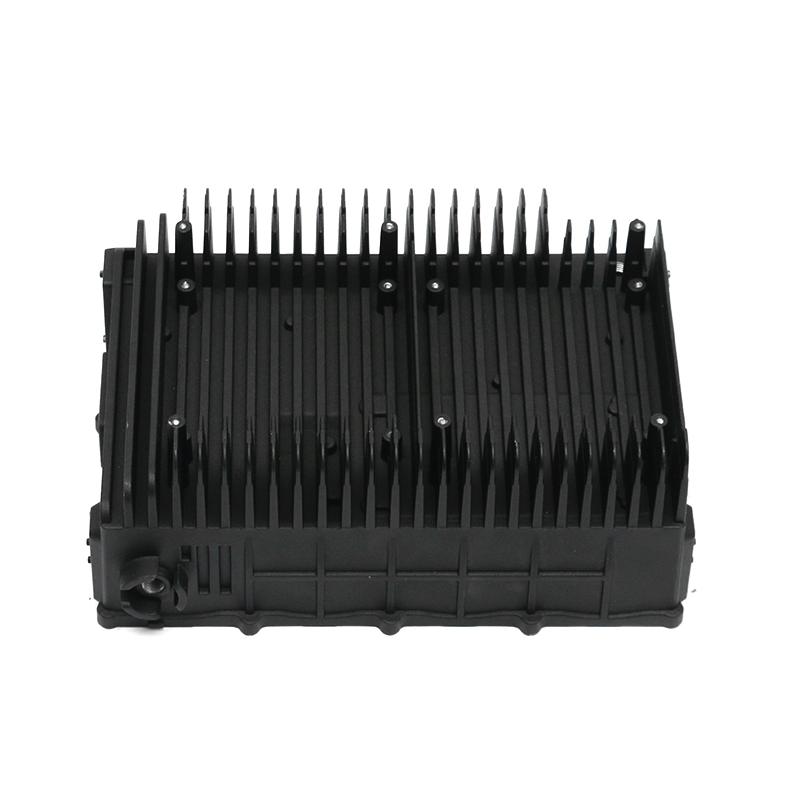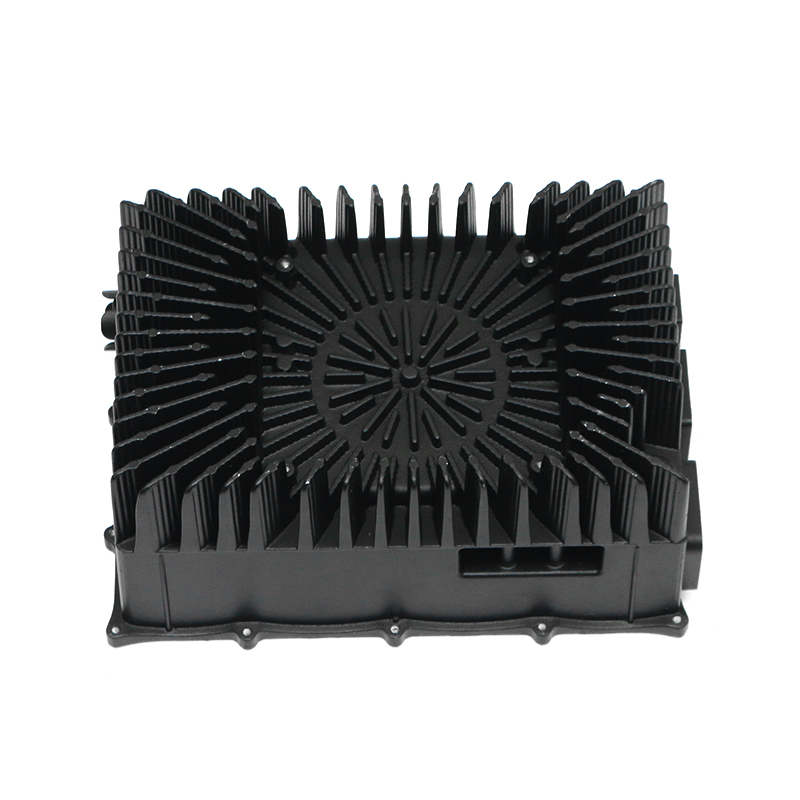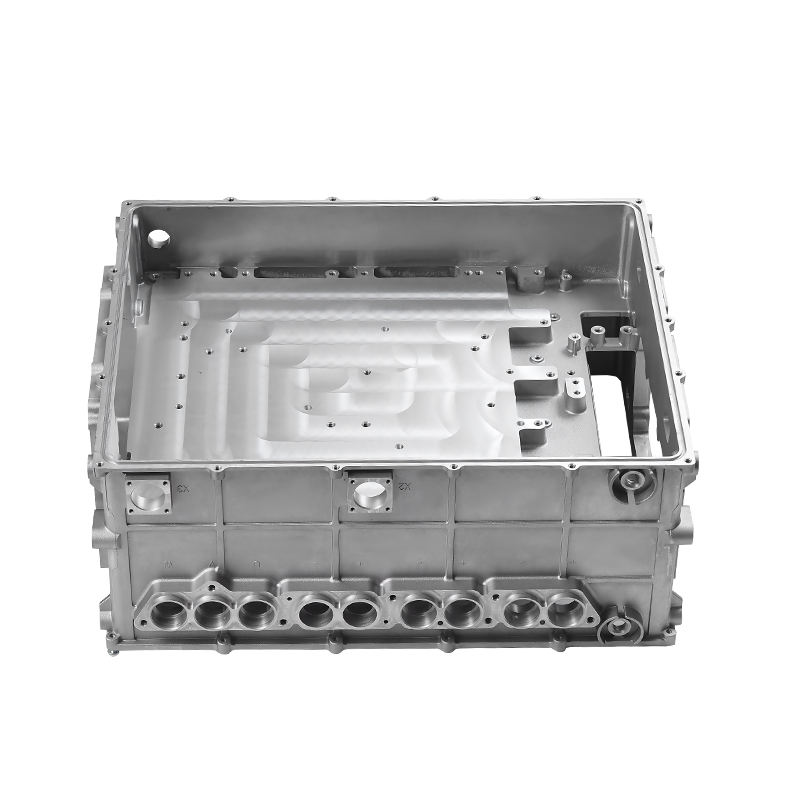The car water pump plays a critical role in maintaining efficient coolant circulation throughout the engine by continuously circulating coolant (usually a mixture of water and antifreeze) through the engine block, radiator, and cooling system. This helps maintain the engine at an optimal operating temperature by transferring heat away from the engine and preventing it from overheating.
The car water pump is typically driven by the engine's crankshaft via a belt, chain, or sometimes by an electric motor (in the case of electric water pumps). As the pump rotates, it uses an impeller to move coolant through the engine.The impeller consists of several blades or vanes that direct the coolant towards the engine block and radiator. As the impeller spins, it creates a pressure differential that draws coolant into the pump and forces it into the engine's cooling passages.
The car water pump sucks coolant from the bottom of the radiator (or coolant reservoir) through a suction inlet. The coolant is then passed through the pump's impeller, which increases the coolant's velocity and pressure as it is pushed out.
The coolant is directed to flow through the engine block and cylinder head, where it absorbs the heat generated by the combustion process. It then returns to the radiator, where the heat is released into the surrounding air, and the coolant is cooled before being recirculated by the water pump.
The thermostat plays a crucial role in regulating the temperature of the coolant and ensuring that it circulates at the optimal temperature range for engine efficiency. When the engine is cold, the thermostat remains closed to prevent coolant flow to the radiator, allowing the engine to warm up faster.
As the engine reaches its operating temperature, the thermostat opens, allowing coolant to flow freely to the radiator. This ensures that the water pump is circulating coolant only when the engine reaches the correct temperature for efficient cooling.
The car water pump ensures the coolant is circulated at the correct pressure and flow rate to achieve efficient heat dissipation. If the flow rate is too low, the coolant won't absorb enough heat from the engine, which can lead to overheating. Conversely, if the flow rate is too high, it could result in unnecessary energy consumption and reduced overall system efficiency.
The pump is designed to match the engine's cooling demands by adjusting the flow based on factors such as engine speed, coolant temperature, and load conditions. Some modern vehicles use electronic control systems to regulate the speed of electric water pumps, adapting the flow to real-time conditions.
The car water pump must be able to maintain an effective coolant circulation rate under varying engine conditions. As engine speed increases (e.g., during acceleration), the water pump speeds up to increase coolant flow, ensuring that the engine remains adequately cooled under high-performance conditions.
On the other hand, when the engine is idling or operating at low speeds, the pump may slow down, reducing the flow of coolant to conserve energy.
Most cooling systems have a bypass circuit that allows some coolant to flow directly from the car water pump to the engine without passing through the radiator. This helps the engine reach operating temperature faster, especially during cold starts, by ensuring that the coolant circulates and warms up even when the thermostat is closed.
Once the thermostat opens, the coolant flows through the radiator, where it is cooled before returning to the engine. This helps prevent the engine from overheating when idling or during low-speed driving.
In modern vehicles, especially hybrid and electric vehicles, some car water pumps are designed to vary the flow of coolant based on the real-time needs of the engine and the cooling system. For example, an electric water pump can be regulated by the vehicle's ECU (Electronic Control Unit) to adjust the flow rate according to temperature, engine load, and speed.
Recommended Products
Products provided by famous enterprises are deeply trusted by users.
